Idea by
Wan Azhar Sulaiman, Ahmad Yusrizan Yusof, Mohd Yusri Yusof, Mohd Azlan Setapa, Ahmad Afiq Ahmad & Liyana Hasnan
CODA
https://www.facebook.com/CODA-Collaborative-Office-of-Design-Architecture-168155873271835/
Call for ideas 2019
Design, Construct, Sustain & Expand
Design, Construct, Sustain & Expand
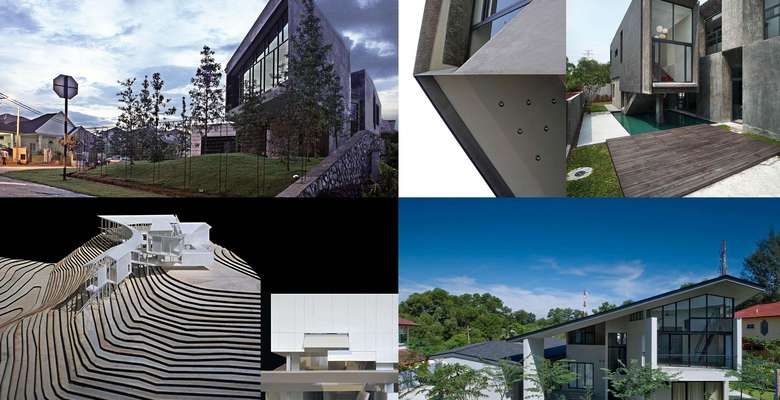
- Site-specific cases
Rural (kampung in Malay) living has become an alternative for many families trying to escape the busy urban life, urging them to move into fringe areas or city suburbs to find some form of rurality. We believe we can provide this through an encompassing architectural practice that provides consultation, building and maintenance services. We present this idea of rural suburban living through seven house projects, each with its context and ways of interpretation. The houses address aspects concerning the middle-class families, extended family living, affordability and innovative construction techniques to develop the future of ‘kampung living’ community.
The projects look at challenges of deliverance and effectiveness, each an experimentation on forms, techniques and materials. Taking micromanagement to a positive level, we adopted the roles of designers, architects, contractors and over time, caretakers, examining spaces over time while being the occasional plumber.
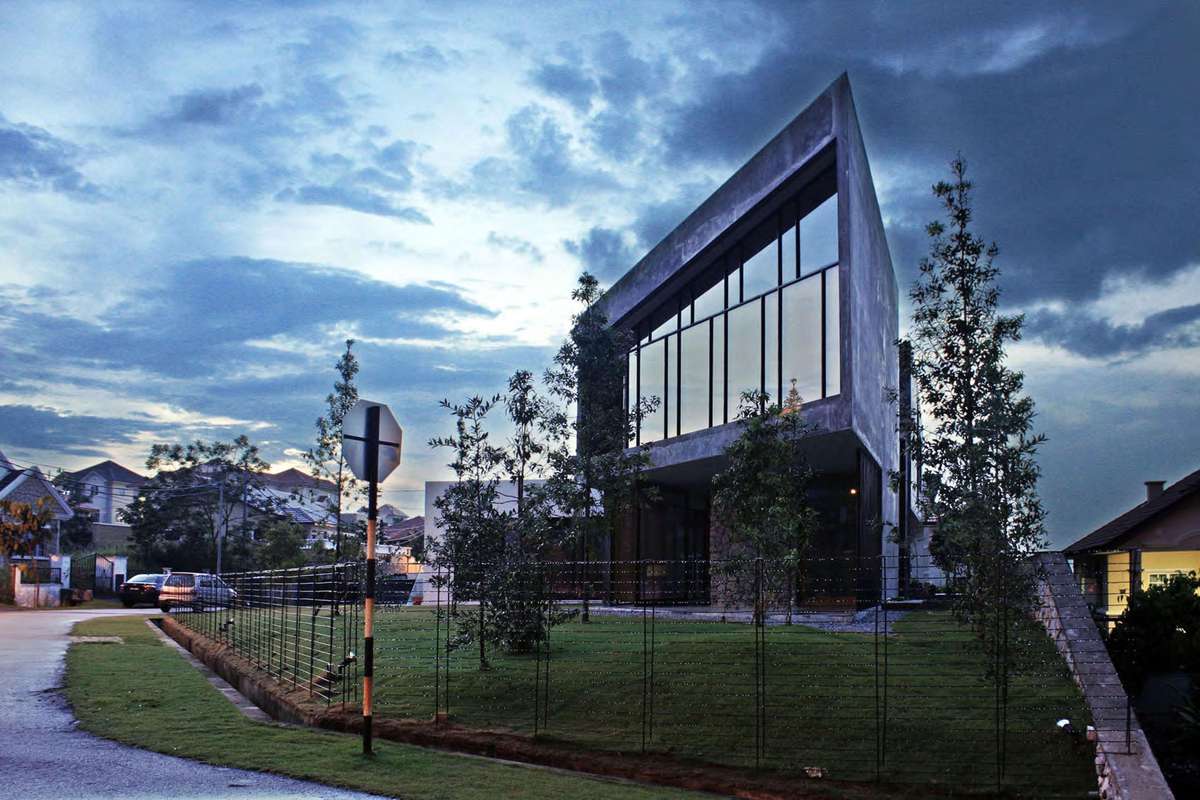
Rumah Pisau: An extended family living house where they spend 3 hours daily driving to work. It is on the weekend that they all came back to unite and live as a large family. With a built-up of 350m2 and a budget of USD100,000, it is made up by two adjoining blocks. The house was designed and constructed to its bare minimum in shape configuration and materiality. The major panelling components including timber door & window steel frames were fabricated on site.
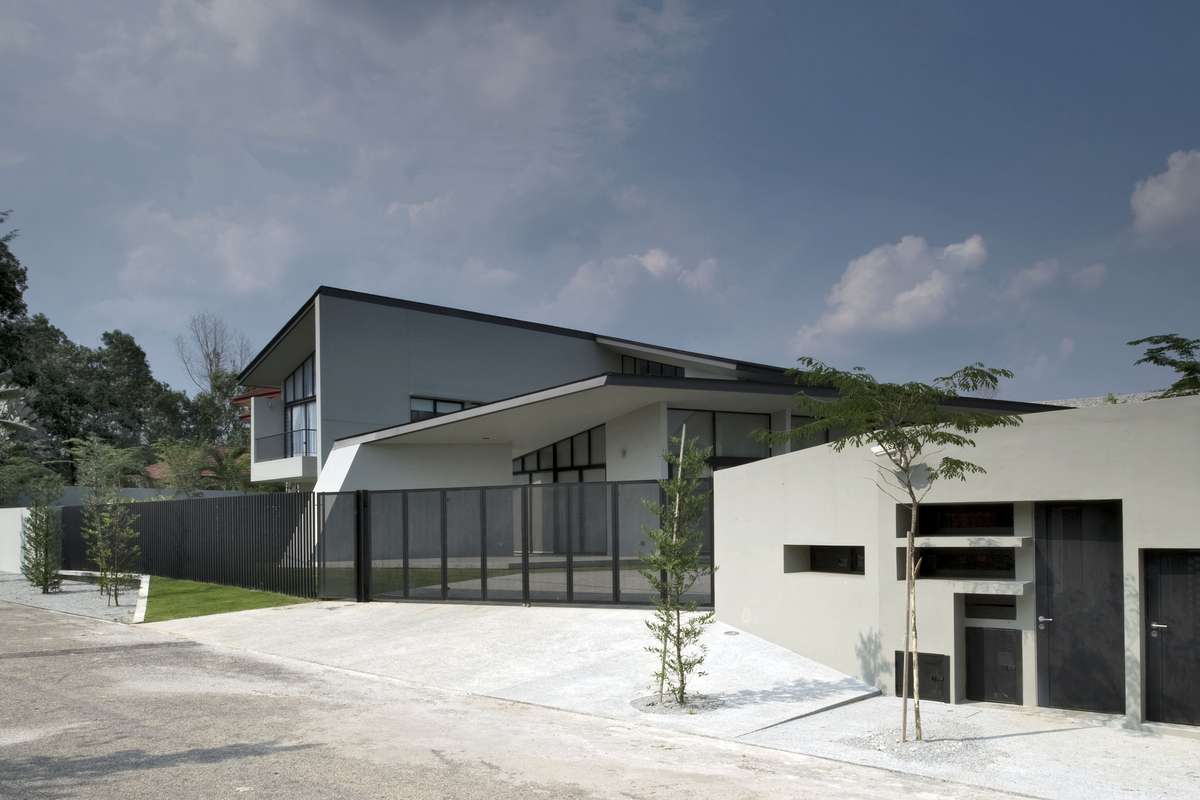
Half House: The name Half House is given by the use of the house. Sitting on a large rural land of 1,600m2, the client is a family with a tradition of family gathering. We proposed to the client to surrender half of their house to this tradition, dividing one-third of the house to the private area of the family, while the other two-thirds is for their extended family in the form of a pavilion. The kitchen plays an integral part centrally connecting these two spaces.
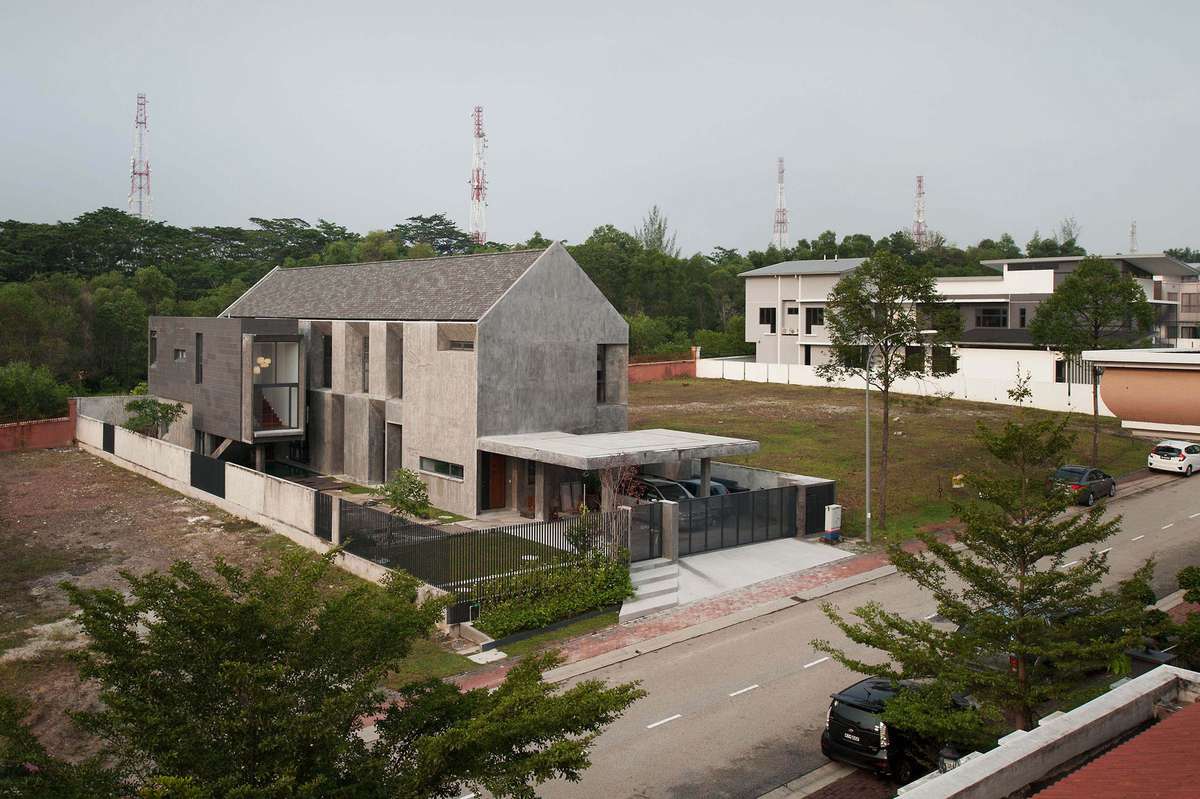
Kane & Gable: Built for a family of six who is collectors, the house acts as a cataloguing container where collections are put to display without impeding the everyday activities. Recesses are introduced into the building to do this whilst antique materials such as doors and timber planks of old houses are reappropriated into the design. Every year the family comes to us with new collections requiring further designing and further expansion.
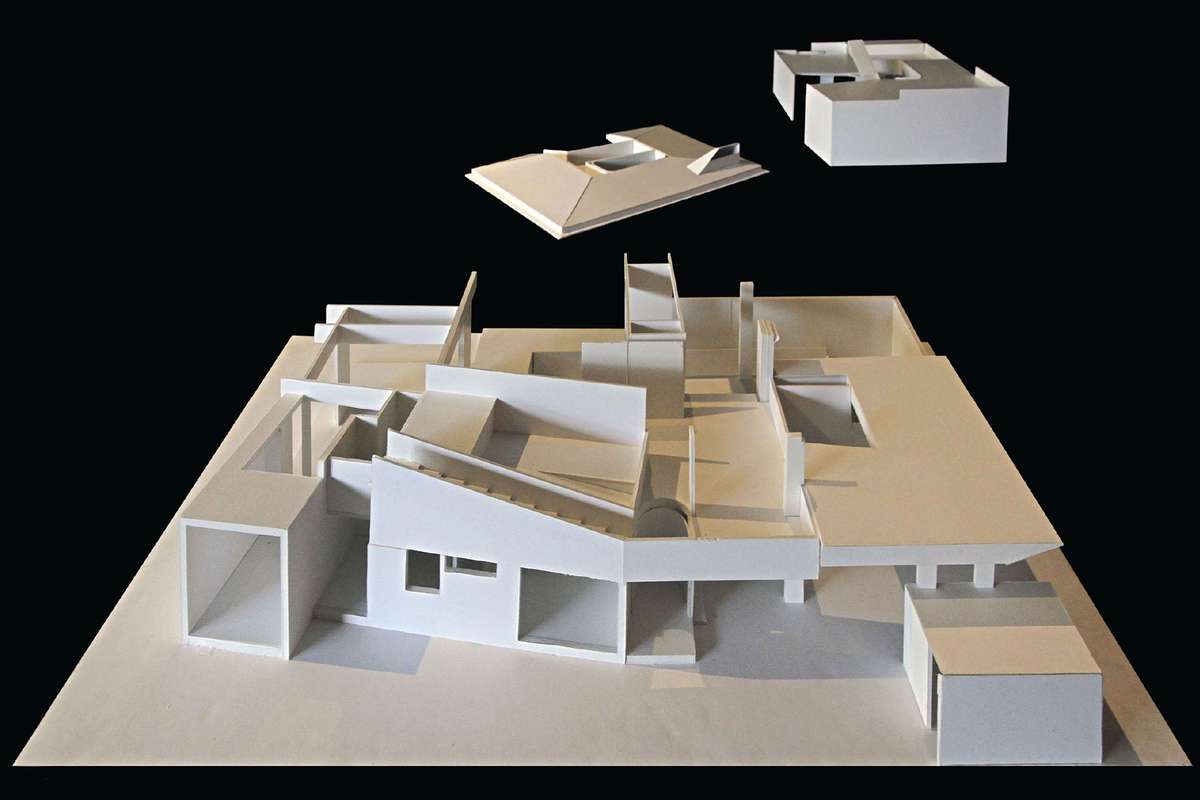
Walled House: A house for a family of four that integrates co-working and training spaces.
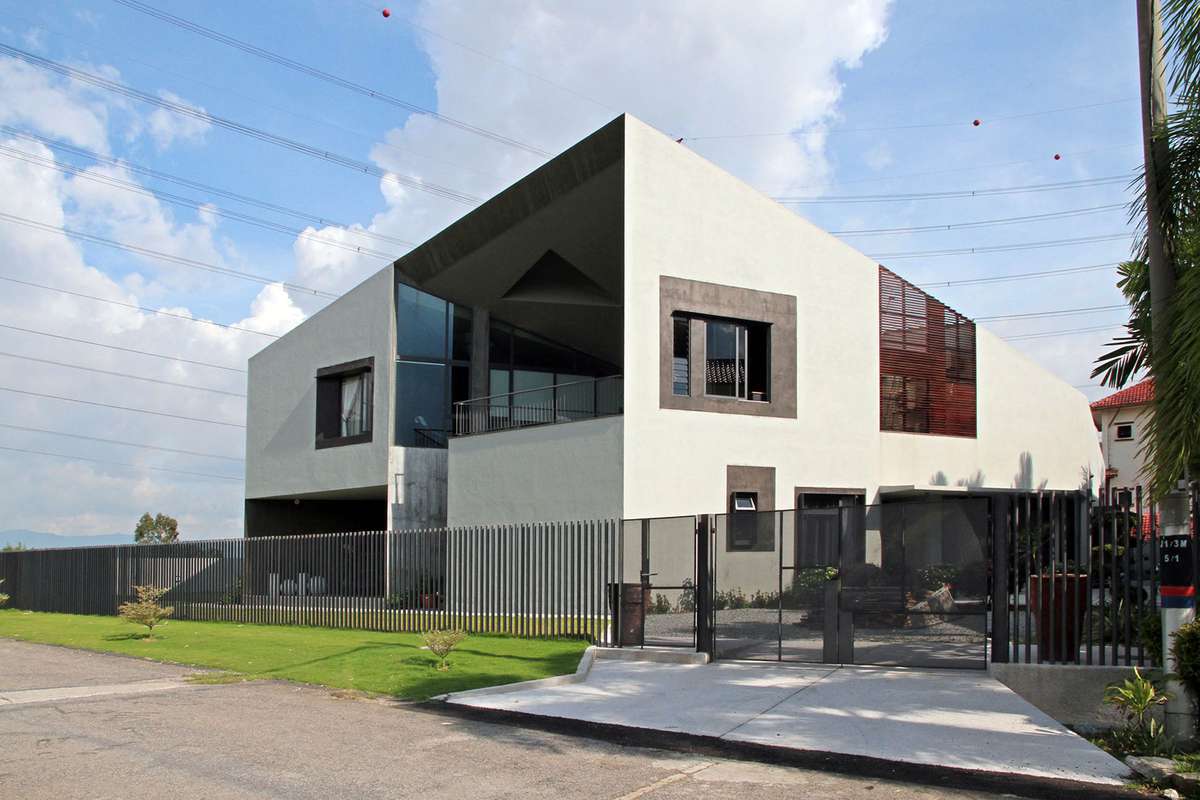
Sixty-Thirty: A nucleus family of six with adult children who shares the space with their own family and children. Large void on the second floor connects the private spaces of bedrooms with the very public space of living area on the ground floor. Connected to this space is the dry kitchen. A detached house, with its own kitchen, is used as a nursery for the growing number of grandchildren.
Design, Construct, Sustain & Expand
Design, Construct, Sustain & Expand

- Site-specific cases
Rural (kampung in Malay) living has become an alternative for many families trying to escape the busy urban life, urging them to move into fringe areas or city suburbs to find some form of rurality. We believe we can provide this through an encompassing architectural practice that provides consultation, building and maintenance services. We present this idea of rural suburban living through seven house projects, each with its context and ways of interpretation. The houses address aspects concerning the middle-class families, extended family living, affordability and innovative construction techniques to develop the future of ‘kampung living’ community.
The projects look at challenges of deliverance and effectiveness, each an experimentation on forms, techniques and materials. Taking micromanagement to a positive level, we adopted the roles of designers, architects, contractors and over time, caretakers, examining spaces over time while being the occasional plumber.
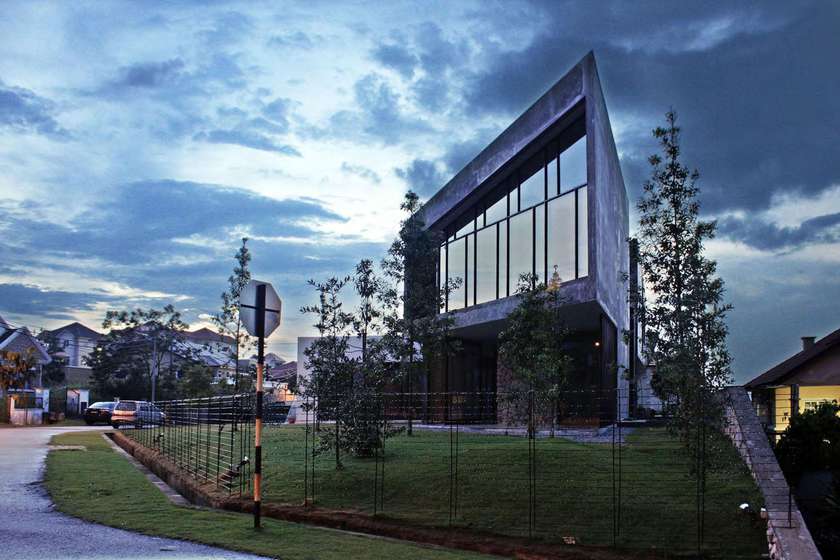
Rumah Pisau: An extended family living house where they spend 3 hours daily driving to work. It is on the weekend that they all came back to unite and live as a large family. With a built-up of 350m2 and a budget of USD100,000, it is made up by two adjoining blocks. The house was designed and constructed to its bare minimum in shape configuration and materiality. The major panelling components including timber door & window steel frames were fabricated on site.

Half House: The name Half House is given by the use of the house. Sitting on a large rural land of 1,600m2, the client is a family with a tradition of family gathering. We proposed to the client to surrender half of their house to this tradition, dividing one-third of the house to the private area of the family, while the other two-thirds is for their extended family in the form of a pavilion. The kitchen plays an integral part centrally connecting these two spaces.
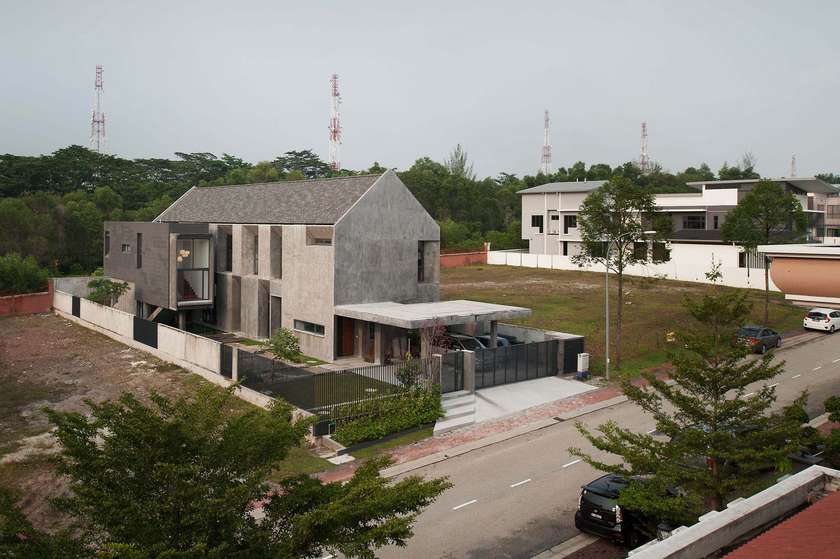
Kane & Gable: Built for a family of six who is collectors, the house acts as a cataloguing container where collections are put to display without impeding the everyday activities. Recesses are introduced into the building to do this whilst antique materials such as doors and timber planks of old houses are reappropriated into the design. Every year the family comes to us with new collections requiring further designing and further expansion.
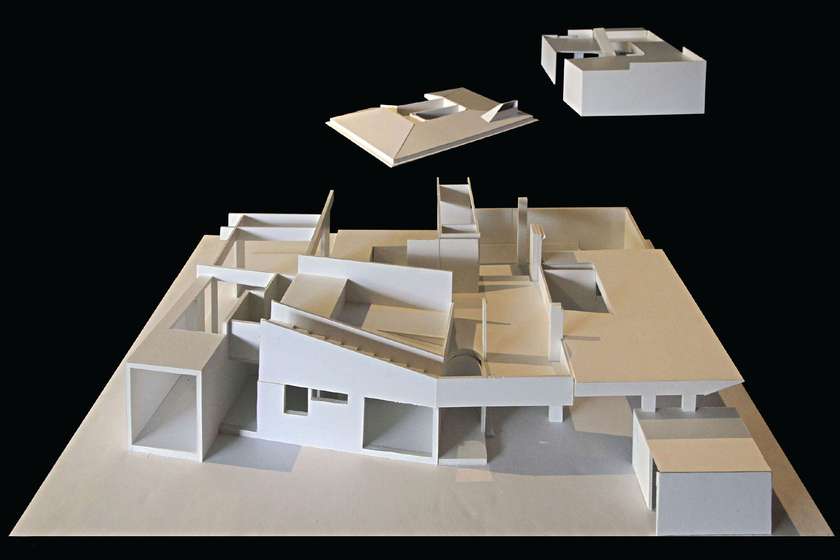
Walled House: A house for a family of four that integrates co-working and training spaces.
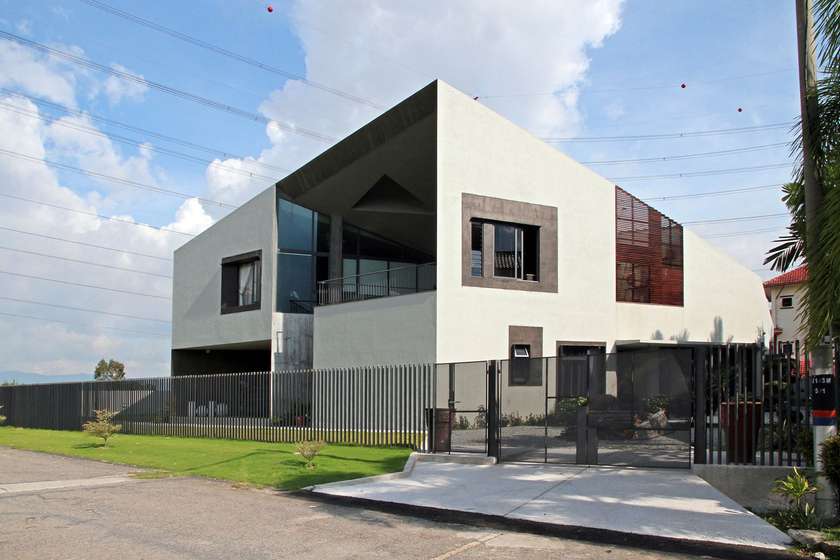
Sixty-Thirty: A nucleus family of six with adult children who shares the space with their own family and children. Large void on the second floor connects the private spaces of bedrooms with the very public space of living area on the ground floor. Connected to this space is the dry kitchen. A detached house, with its own kitchen, is used as a nursery for the growing number of grandchildren.